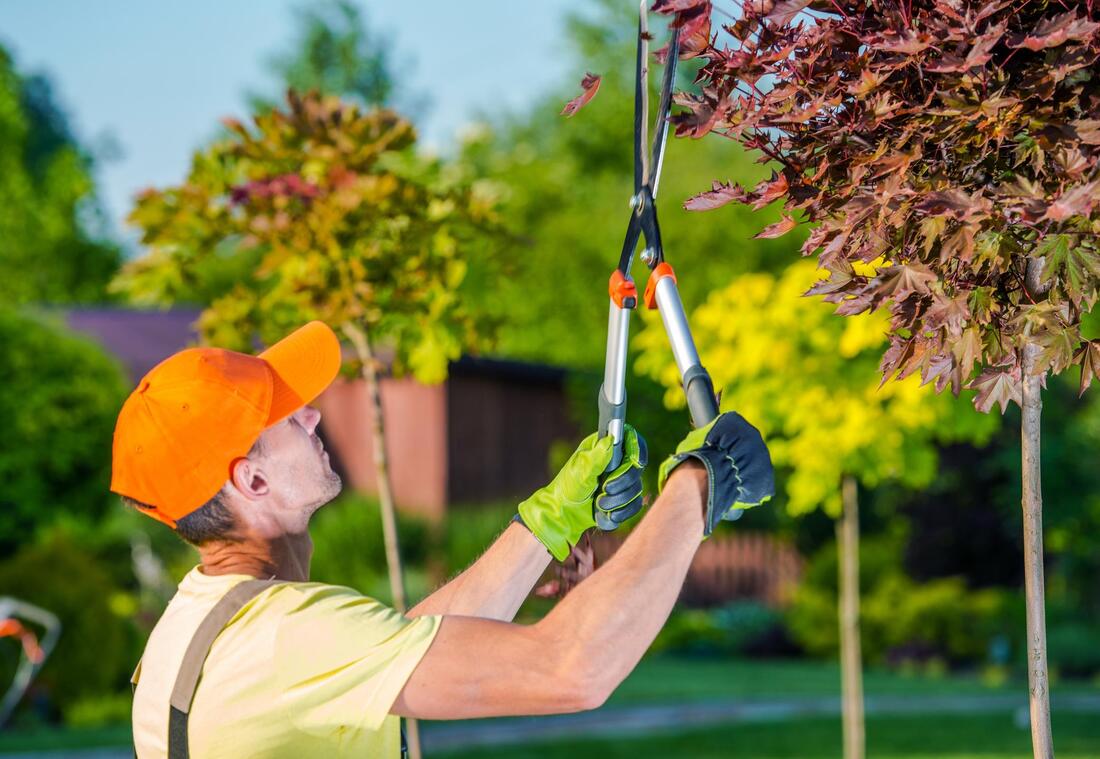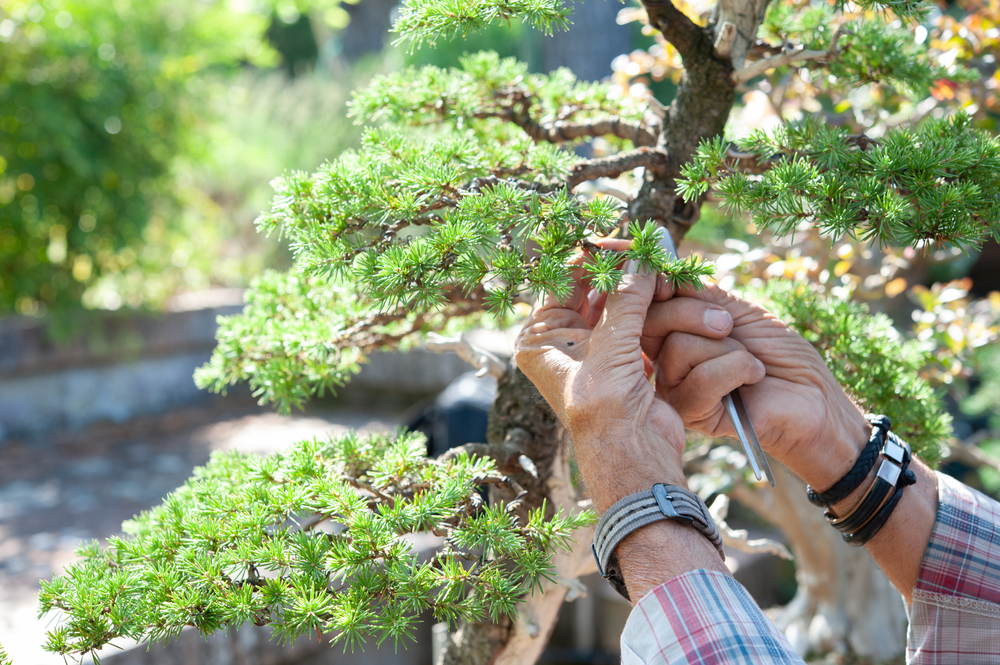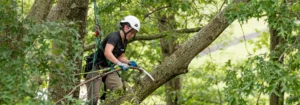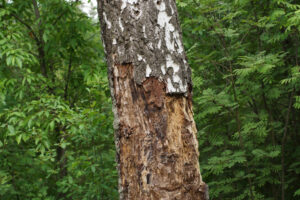The Importance of Tree Trimming for Optimal Tree Health
Trees are a vital part of our ecosystem, providing oxygen, improving air quality, and offering aesthetic beauty to our surroundings. However, maintaining their health and vitality requires regular care. One essential practice in tree care is tree trimming. This process not only enhances the appearance of trees but also significantly contributes to their overall health. In this article, we will delve into the importance of tree trimming, its benefits, and why it should be an integral part of tree maintenance.
Defining Tree Trimming
Tree trimming involves selectively removing branches from a tree to improve its structure, health, and appearance. While often used interchangeably with tree pruning, there are distinct differences between the two. Pruning generally refers to the removal of loose, dead, or diseased branches and stems to prevent harm to the tree and surrounding plants. Trimming, on the other hand, is typically performed for aesthetic purposes and to maintain a desired shape and size.
There are various tree trimming techniques, each suited for different purposes:
- Crown Thinning: Removing certain branches to reduce the tree’s density, allowing more light and air to penetrate the canopy.
- Crown Raising: Removing the lower branches to provide clearance for pedestrians, vehicles, or buildings.
- Crown Reduction: Reducing the size of the tree, typically done to prevent the tree from outgrowing its space.
- Deadwooding: The removal of dead or dying branches to improve tree health and safety.
These techniques, when applied correctly, contribute significantly to the tree’s health and longevity.

The Role of Tree Trimming in Tree Health
Tree trimming plays a crucial role in maintaining the overall health of trees. It helps in various ways, such as:
- Improved Air Circulation: By removing crowded and crossing branches, trimming allows better air flow through the tree’s canopy. This reduces the risk of fungal infections and other diseases that thrive in stagnant air.
- Enhanced Sunlight Exposure: Trimming excess branches ensures that sunlight reaches all parts of the tree, which is vital for photosynthesis. This process is essential for the tree’s growth and energy production.
- Removal of Weak or Damaged Limbs: Cutting away weak or damaged branches prevents them from falling and causing injury or damage. It also redirects the tree’s energy to healthier parts, promoting better growth.
Promotes Growth and Development
Regular tree trimming significantly promotes healthy growth and development. When overgrown branches are trimmed, the tree can allocate nutrients more efficiently. This balanced distribution of resources strengthens the tree’s structural integrity and enhances its growth. Trimming also encourages the development of new shoots, which contributes to a fuller and healthier canopy.
Moreover, strategic trimming can guide the growth pattern of young trees. By shaping the tree in its formative years, one can prevent structural issues and potential hazards in the future. This practice not only leads to a more aesthetically pleasing tree but also ensures it grows in a stable and healthy manner.
Prevents Disease and Infestation
Overgrown branches and dead limbs are breeding grounds for pests and diseases. These can spread quickly, leading to severe damage or even the death of the tree. Regular tree trimming helps prevent such issues by:
- Removing Diseased Branches: Infected branches can be trimmed away before the disease spreads to the rest of the tree.
- Eliminating Pest Habitats: Deadwood and overgrown areas are ideal habitats for pests. By removing these, the likelihood of infestations decreases significantly.
- Reducing Stress: A well-maintained tree is less likely to suffer from stress-related diseases. Trimming ensures the tree remains healthy and resilient against various environmental stressors.
Healthy trees are better equipped to fend off diseases and pests. Regular trimming is an effective preventative measure to maintain the health of your trees.
Aesthetic Benefits
The aesthetic appeal of well-maintained trees cannot be overstated. Regular trimming ensures trees look their best, enhancing the overall look of any property. Here are some aesthetic benefits:
- Enhanced Shape and Form: Trimming helps maintain the desired shape of the tree, ensuring it complements the landscape.
- Increased Property Value: Well-kept trees add to the curb appeal of a property, potentially increasing its market value.
- Seasonal Beauty: Trimming can be timed to ensure the tree looks its best during specific seasons, enhancing the visual appeal of the landscape throughout the year.
A well-maintained tree contributes to a neat, orderly, and attractive environment. Regular trimming ensures trees remain visually appealing and healthy.
Importance of Professional Tree Trimming
While DIY tree trimming might seem like a cost-saving measure, it carries significant risks. Inexperienced trimming can damage trees, leading to poor health or even death. Moreover, improper trimming techniques can result in injuries or accidents. Therefore, hiring a professional for tree trimming is highly recommended.
Risks of DIY Tree Trimming
- Safety Hazards: Trimming trees often requires climbing and using tools at heights. Without proper training, this can be dangerous.
- Improper Techniques: Inexperienced individuals might use incorrect techniques, causing long-term damage to the tree.
- Legal Issues: In some areas, improper tree trimming can result in fines or legal consequences, especially if it leads to property damage or violates local regulations.

Benefits of Hiring a Professional
- Expertise and Experience: Certified arborists have the knowledge and experience to trim trees correctly and safely.
- Proper Equipment: Professionals have access to specialized tools and equipment, ensuring efficient and safe trimming.
- Health Assessment: Arborists can assess the overall health of the tree and recommend appropriate care beyond trimming.
- Long-term Benefits: Professional trimming ensures the tree’s long-term health and stability, reducing the need for costly interventions in the future.
A certified arborist can provide valuable insights and services to ensure your trees are trimmed correctly, enhancing their health and beauty.
Conclusion
Tree trimming is a vital practice for maintaining the health and beauty of trees. It promotes growth, prevents disease, and enhances the aesthetic appeal of trees. While it might be tempting to trim trees yourself, hiring a professional ensures the job is done safely and correctly. Regular tree trimming should be prioritized to maintain the health and longevity of your trees, contributing to a beautiful and sustainable environment.
Healthy trees are not only a visual delight but also a crucial component of our ecosystem. By investing in regular tree trimming, you ensure that your trees remain strong, vibrant, and beneficial to the environment. Prioritize tree trimming and enjoy the myriad benefits it brings to your landscape and community.
Tree Trimming Richmond
(804) 533-3943
https://treetrimmingrichmond.com/



